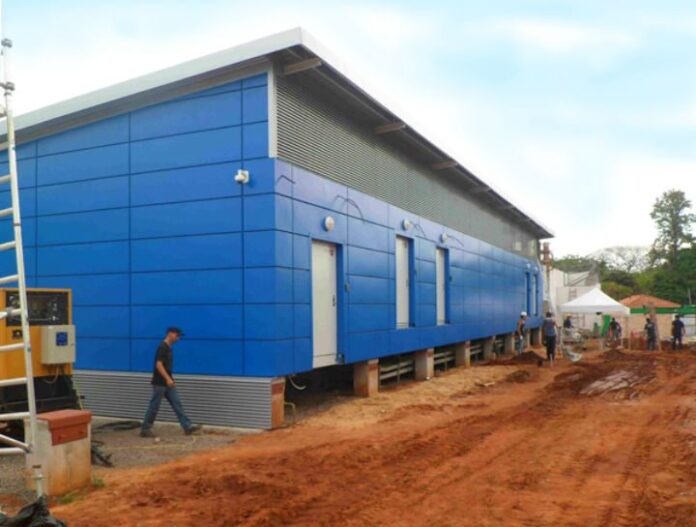The Bluetooth Special Interest Group is going directly after the “internet of things” market with this week’s release of Bluetooth 5, the newest version of the now ubiquitous wireless technology said to offer significant range, speed and broadcast message capacity upgrades.
According to the release, “Bluetooth 5 continues to advance the ‘internet of things’ experience by enabling simple and effortless interactions across the vast range of connected devices.”
Bluetooth Low Energy, the specification built specifically for IoT, will be getting the biggest upgrade. BLE can now support speeds up to 2 megabits per second and cover an entire floor of a building, according to the Bluetooth SIG. The group also hinted at its ambitions for providing a technology compatible with industrial IoT systems.
“This means whole-home and building coverage, as well as new use cases for outdoor, industrial and commercial applications will be a reality,” the organization noted. “With the launch of Bluetooth 5, we continue to evolve to meet the needs of IoT developers and consumers while staying true to what Bluetooth is at its core: the global wireless standard for simple, secure, connectivity.”
Features of Bluetooth 5 include a four-times range increase, two-times speed increase and eight-times increase in broadcast message capacity.
“Bluetooth is revolutionizing how people experience the IoT,” the release said. “Bluetooth 5 continues to drive this revolution by delivering reliable IoT connections and mobilizing the adoption of beacons, which in turn will decrease connection barriers and enable a seamless IoT experience.”
Bluetooth 5 has also been claimed to reduce potential interference with other wireless technologies to ensure Bluetooth devices can coexist within the increasingly complex global IoT environment.
“The global wireless connectivity market is growing rapidly, with an anticipated 10 billion annual IC shipments by 2021,” said Andrew Zignani with ABI Research. “The introduction of Bluetooth 5 will create new opportunities in various verticals of the IoT market by reducing complexity and cost and giving manufacturers greater flexibility in targeting multiple applications and use cases.”
Consumers can expect to see products built with Bluetooth 5 within two to six months.

